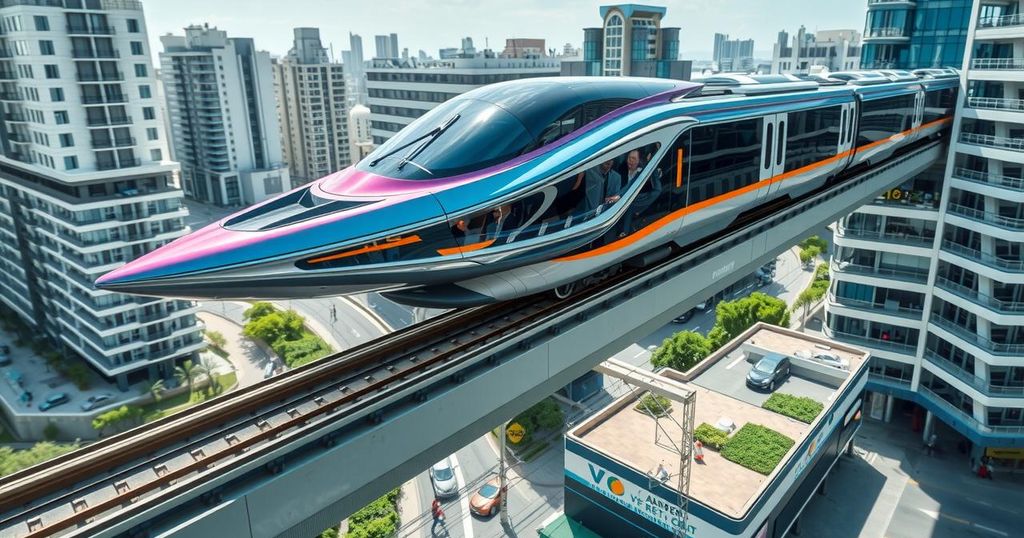China Aims to Develop 373mph Maglev Train That Could Exceed HS2

- China is developing a 373mph flying train that could overshadow HS2.
- CRRC showcased a prototype maglev train with reduced maintenance costs.
- Experts predict high-speed maglev will revolutionize travel between major cities.
- Britain’s investment in maglev technology may depend on successful trials abroad.
- Current HS2 estimates may come under threat from emerging global competitors.
China aims for ultra-high-speed with maglev technology
China’s Ambitious Maglev Train Project Could Outpace HS2 The Chinese government’s plan to roll out a 600 kilometers per hour, or 373 miles per hour, “flying train” is showing significant promise. Presented by state-owned CRRC during the 17th Modern Railways exhibition in Beijing, this prototype could potentially render Britain’s HS2 rail project obsolete before it even has the chance to operate. Traditionally, trains struggle to exceed speeds of 200 miles per hour, and this is where maglev technology sets itself apart—these trains hover a few millimeters above their tracks, effectively eliminating friction and allowing for incredible velocities. Maintenance is greatly simplified with maglev systems, as the absence of physical contact with tracks leads to lower upkeep costs, coupled with motors that are completely electric and emissions-free, resulting in reduced noise pollution.
Evaluating Maglev’s Potential in the UK Market
Expert Insights on the Future of Maglev Trains According to Prof. Johannes Kluehspies, the president of the International Maglev Board, the emergence of long-range maglev systems could very well spell the end for conventional bullet trains, including Britain’s HS2. He stated, “Maglev is the future,” asserting confidence in the technology as China and Japan work to bring it into service. With speeds capable of exceeding 300 miles per hour, a maglev trip between Beijing and Shanghai could be whisked down from four and a half hours to merely two and a half hours. This emerging niche might reshape travel experiences, connecting cities like London to Glasgow in about one and a half hours or reducing London to Birmingham to a mere 25 minutes, as opposed to the current HS2 estimates.
Challenges in Introducing Maglev to Britain
Despite its promise, the implementation of maglev technology in the United Kingdom may take some time due to the serious concerns surrounding expense and efficiency. Jeremy Acklam, a transport expert, suggests that the UK might hesitate to venture into this territory until successful demonstrations occur elsewhere, particularly in Japan, with their proposed lines. He mentions that while maglev systems have distinct advantages, the rigid nature of their infrastructure poses questions regarding standing demand for routes. Unlike traditional high-speed trains that can use existing railways to maximize passenger traffic, maglevs would require standalone lines to accommodate their operation, complicating potential future routes.
China’s ambitious plans to develop a high-speed maglev train highlight the potential for revolutionary travel speeds that could challenge projects like HS2 before they even start. With experts predicting significant improvements in journey times, new established markets may approach maglev—provided costs are justifiable. Ongoing developments, especially from Japan, will likely influence future British transportation policies and technology adoptions as public transportation increasingly needs to innovate to meet sustainability goals.




